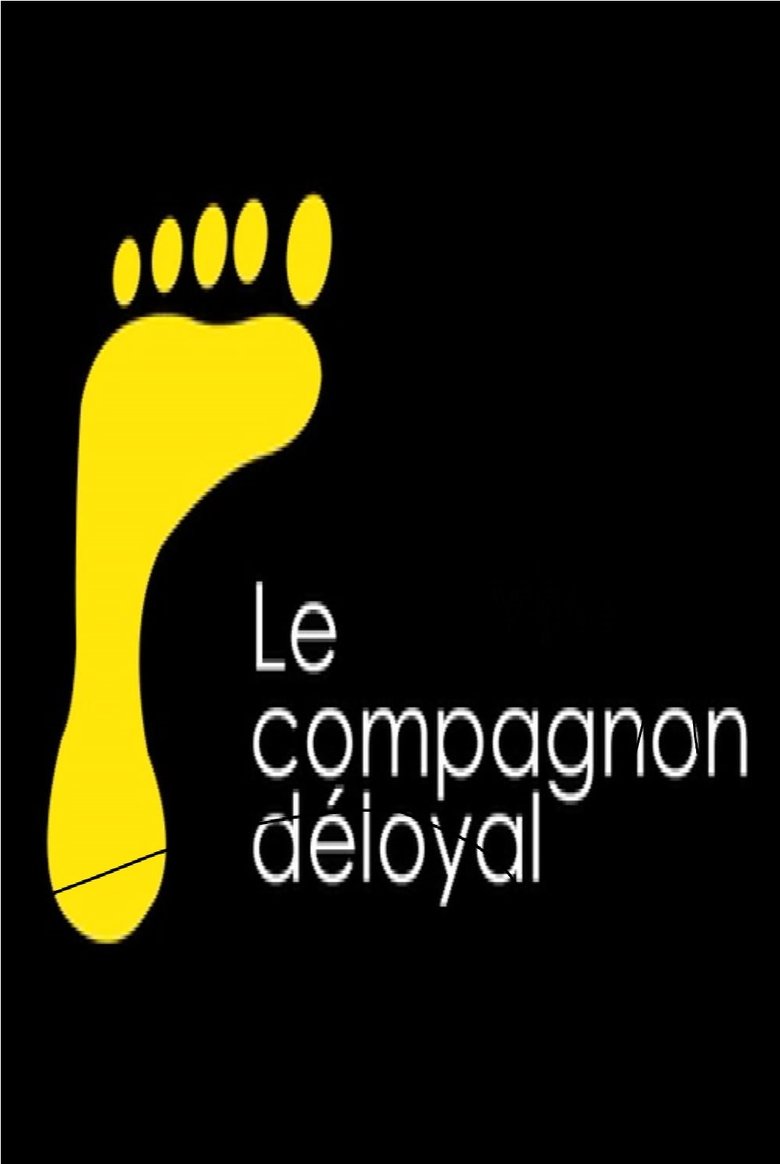
Le compagnon déloyal
2006
0h 0m
If current server doesn't work please try other servers beside.
Similar Movies
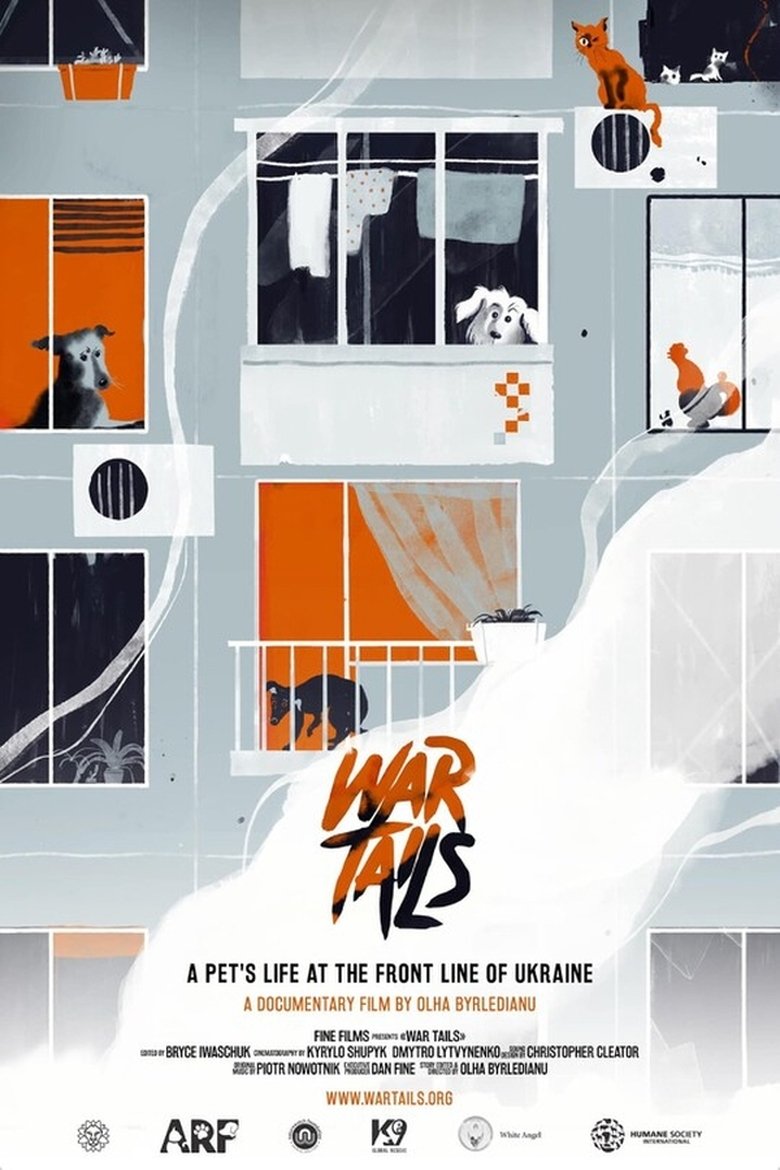
War Tails
The Russian invasion of Ukraine created an avalanche of abandoned dogs and cats that are now multiplying causing unforeseen consequences.
Rating:
0.0/10
Votes:
0
Year:
2024

Baobab Play
Children and teenagers throw sticks, berries, and leaves at each other from perches in a large baobab tree.
Rating:
0.0/10
Votes:
0
Year:
1974

Kerkini, le sanctuaire des oiseaux
Rating:
0.0/10
Votes:
0
Year:
2021

The Dog Doc
Called a maverick, a miracle-worker, and a quack, Dr. Marty Goldstein is a pioneer of integrative veterinary medicine. By holistically treating animals after other vets have given up, Goldstein provides a last hope for pet owners with nothing left to lose.
Rating:
0.0/10
Votes:
0
Year:
2019

Veelinnurahvas
A documentary about the histoy and linguistic ties of the Finno-Ugric, and Samoyedic peoples. Speakers of the Kamassian, Nenets, Khanty, Komi, Mari, and Karelian languages were filmed in their everyday settings in the late 1960s and early 1970s. The footage was shot in Altai Krai, the Nenets Okrug, Khantia-Mansia, Uzbekistan, the Komi Republic, Mari el, Karelia, and Estonia. The first documentary in Lennart Meri's "Encyclopaedia Cinematographica Gentium Fenno - Ugricarum (1970 - 1997)" series.
Rating:
7.0/10
Votes:
3
Year:
1972
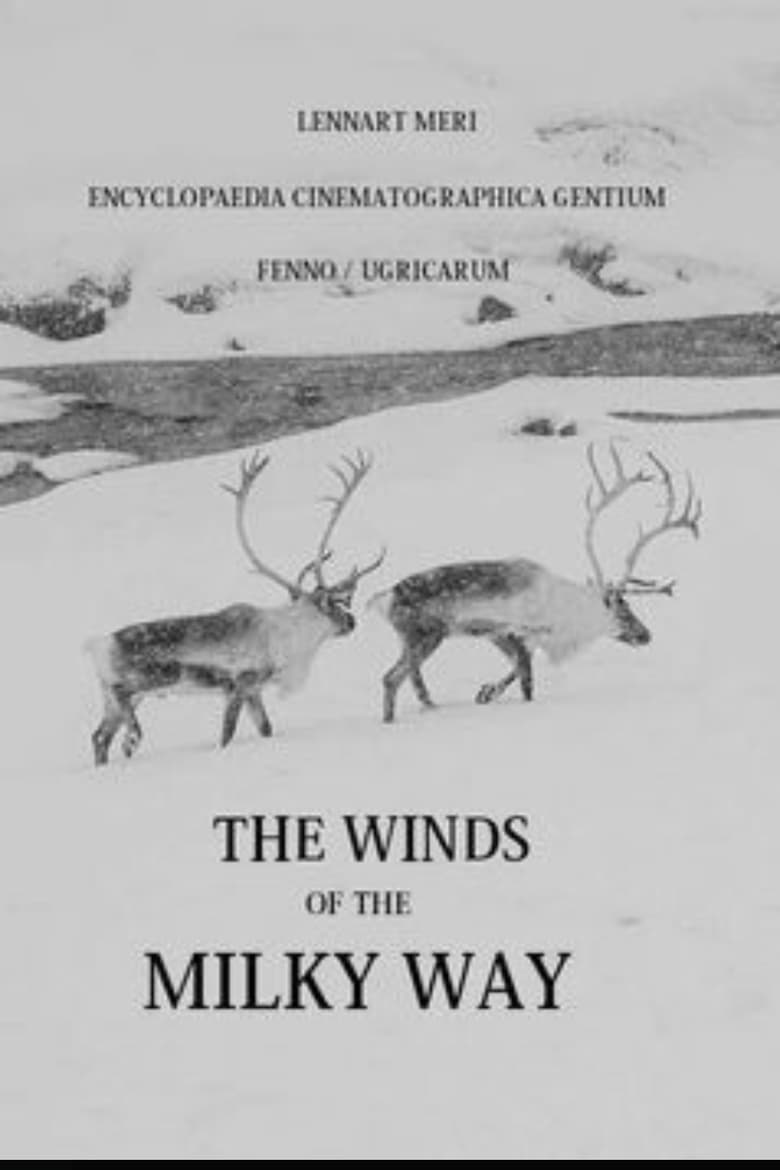
Linnutee tuuled
Sequel to the "The Waterfowl People". The author interprets the kinship, linguistic and cultural relationships of the Finno-Ugric peoples. Finns, Vepsians, Votes, Setos, Erzya-Mordvinians, Mansi, Hungarians, Sami, Nganasans, and Estonians appear in the film. The film was shot in 1977 on location in northern Finland, Sapmi, Vepsia, Votia, Mordovia, Khantia-Mansia, Hungary, the Taymyr Peninsula, the Setomaa region in Estonia, and on the Estonian islands of Saaremaa and Muhu. Footage was also shot in 1970 in the Nenets Okrug. The second documentary in Lennart Meri's "Encyclopaedia Cinematographica Gentium Fenno - Ugricarum" series.
Rating:
7.5/10
Votes:
2
Year:
1978

Ongka's Big Moka
The film follows Ongka's struggles to accumulate huge numbers of pigs and other items of value to present at a Moka ceremony to another tribe.
Rating:
0.0/10
Votes:
0
Year:
1974
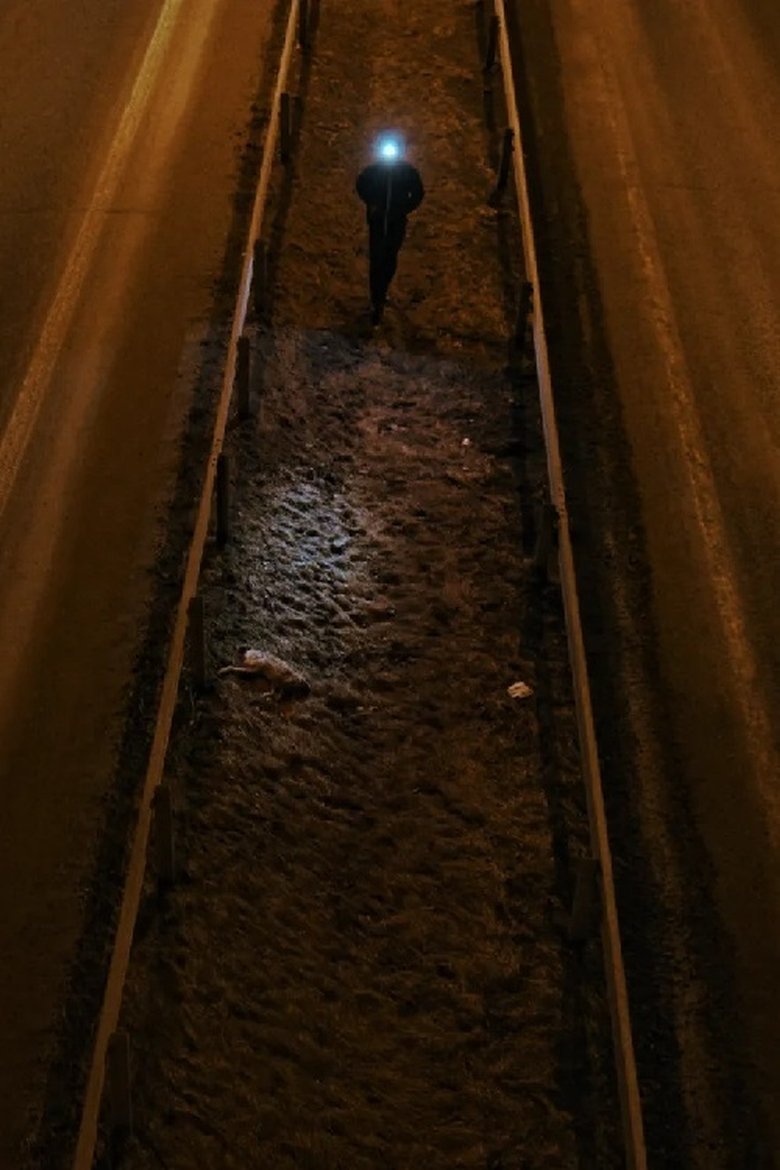
Liminaali & Communitas
After the sunset, a man wonders between the edges of the highways gathering edible roadkill animals.
Rating:
0.0/10
Votes:
0
Year:
2018

Toorumi Pojad
In the same vein as Meri's other documentations, this one takes advantage of the glasnost policy to discuss the social and ecologic impact of the Russian oil industry on the natives and the lands they inhabit.
Rating:
0.0/10
Votes:
0
Year:
1989
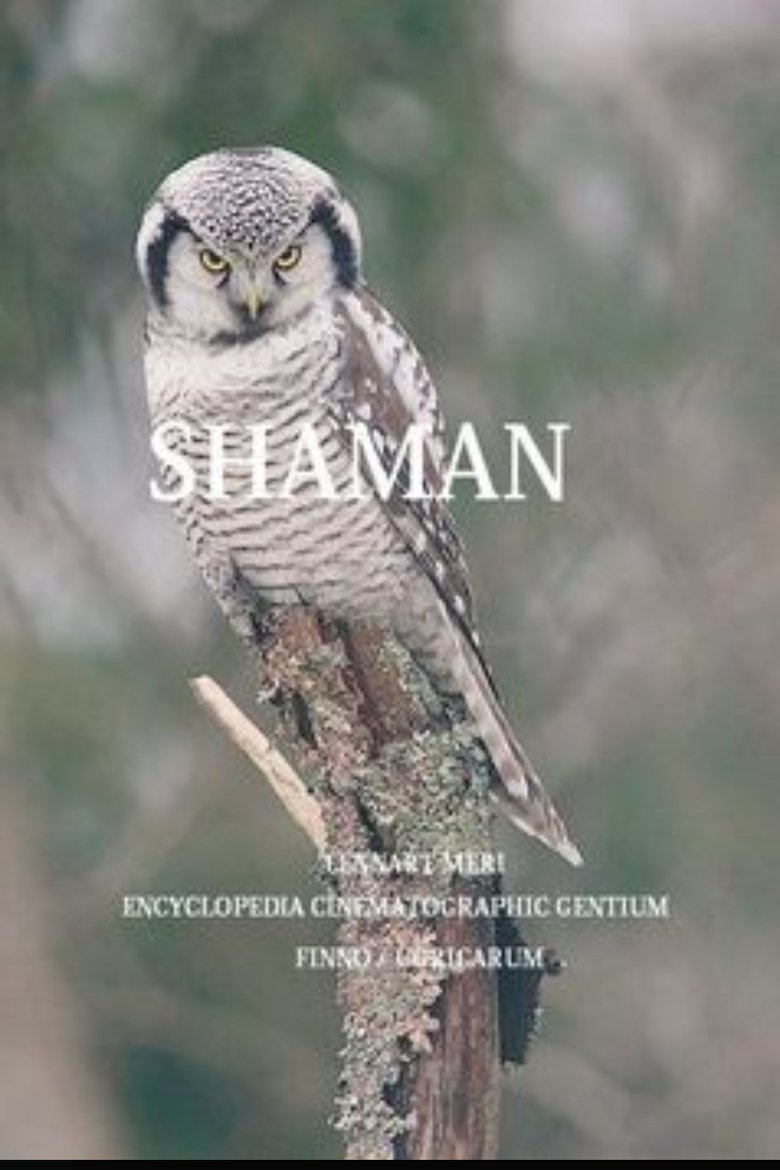
Šamaan
"Shaman" was filmed on July the 16th, 1977 in the northernmost corner of Eurasia, on the Taymyr Peninsula, at the Avam river, concurrently with the shooting of the documentary "The Winds of the Milky Way". The Nganasan Shaman Demnime (1913-1980) was 64 years old at the time. The documentary about Demnime's incarnation ritual was completed 20 years later. The fifth and final documentary in Lennart Meri's "Encyclopaedia Cinematographica Gentium Fenno - Uricarum" series.
Rating:
0.0/10
Votes:
0
Year:
1997
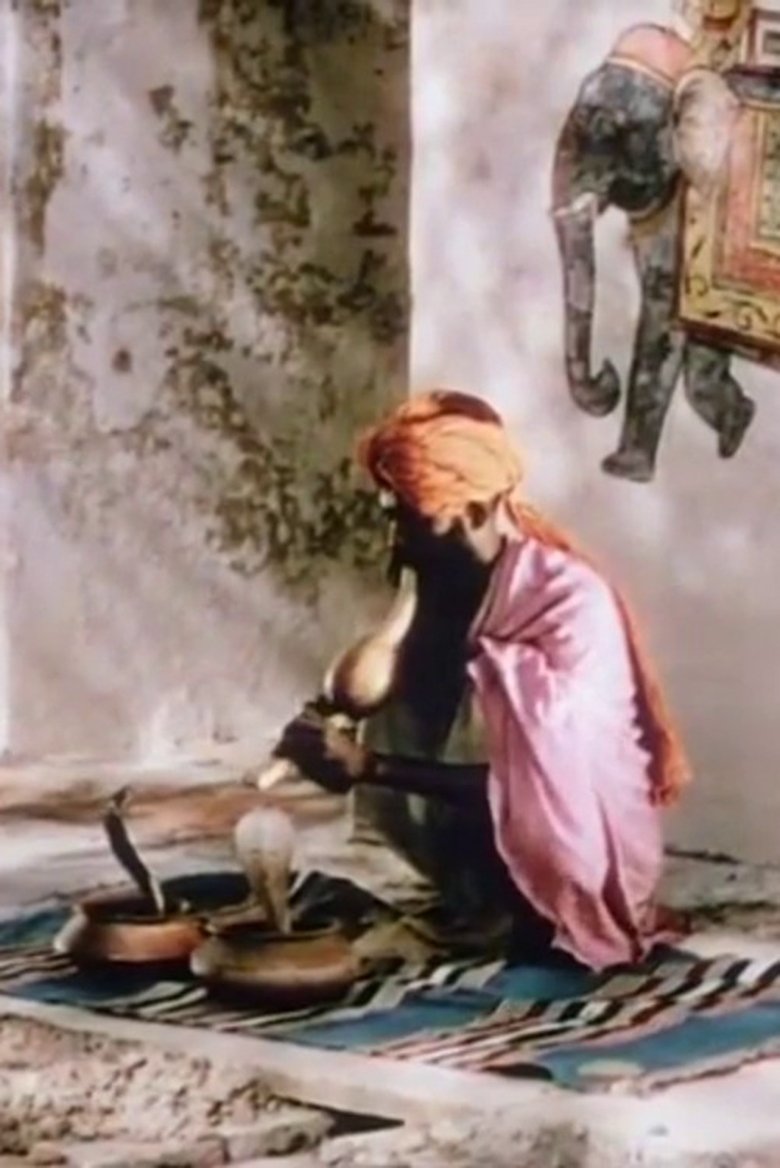
A Road in India
Life on the road in India, showing the traffic, people and animals.
Rating:
6.0/10
Votes:
1
Year:
1938

N/um Tchai: The Ceremonial Dance of the !Kung Bushmen
Tchai is the word used by Ju/'hoansi to describe getting together to dance and sing; n/um can be translated as medicine, or supernatural potency. In the 1950's, when this film was shot, Ju/'hoansi gathered for "medicine dances" often, usually at night, and sometimes such dances lasted until dawn.
Rating:
0.0/10
Votes:
0
Year:
1969

N!owa T'ama: The Melon Tossing Game
Women from three separate Ju/'hoan bands have gathered at a mangetti grove at !O to play an intense game in which under-tones of social and personal tensions become apparent.
Rating:
0.0/10
Votes:
0
Year:
1970

Eating You Alive
How and why what we eat is the cause of the chronic diseases that are killing us, and changing what we eat can save our lives one bite at a time.
Rating:
7.1/10
Votes:
16
Year:
2016
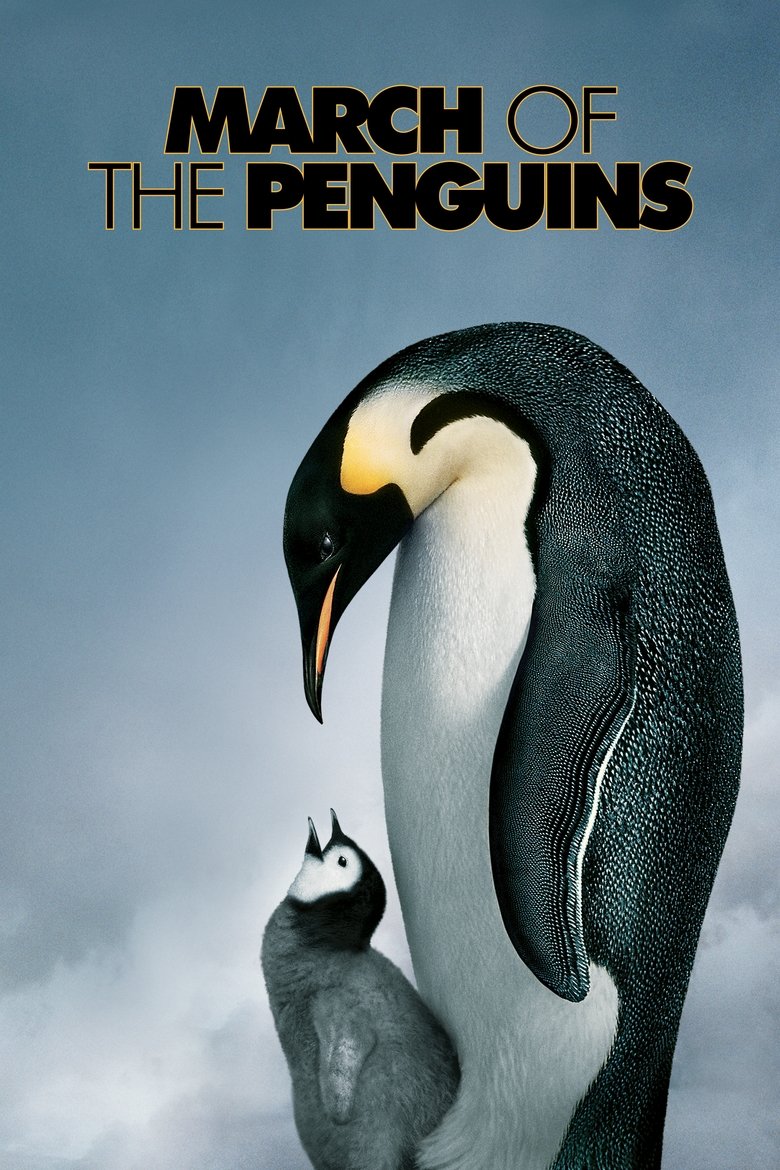
La Marche de l'empereur
Every year, thousands of Antarctica's emperor penguins make an astonishing journey to breed their young. They walk, marching day and night in single file 70 miles into the darkest, driest and coldest continent on Earth. This amazing, true-life tale is touched with humour and alive with thrills. Breathtaking photography captures the transcendent beauty and staggering drama of devoted parent penguins who, in the fierce polar winter, take turns guarding their egg and trekking to the ocean in search of food. Predators hunt them, storms lash them. But the safety of their adorable chicks makes it all worthwhile. So follow the leader... to adventure!!
Rating:
7.061/10
Votes:
1142
Year:
2005

The Codes of Gender
Arguing that advertising not only sells things, but also ideas about the world, media scholar Sut Jhally offers a blistering analysis of commercial culture's inability to let go of reactionary gender representations. Jhally's starting point is the breakthrough work of the late sociologist Erving Goffman, whose 1959 book The Presentation of the Self in Everyday Life prefigured the growing field of performance studies. Jhally applies Goffman's analysis of the body in print advertising to hundreds of print ads today, uncovering an astonishing pattern of regressive and destructive gender codes. By looking beyond advertising as a medium that simply sells products, and beyond analyses of gender that tend to focus on either biology or objectification, The Codes of Gender offers important insights into the social construction of masculinity and femininity, the relationship between gender and power, and the everyday performance of cultural norms.
Rating:
6.5/10
Votes:
7
Year:
2010
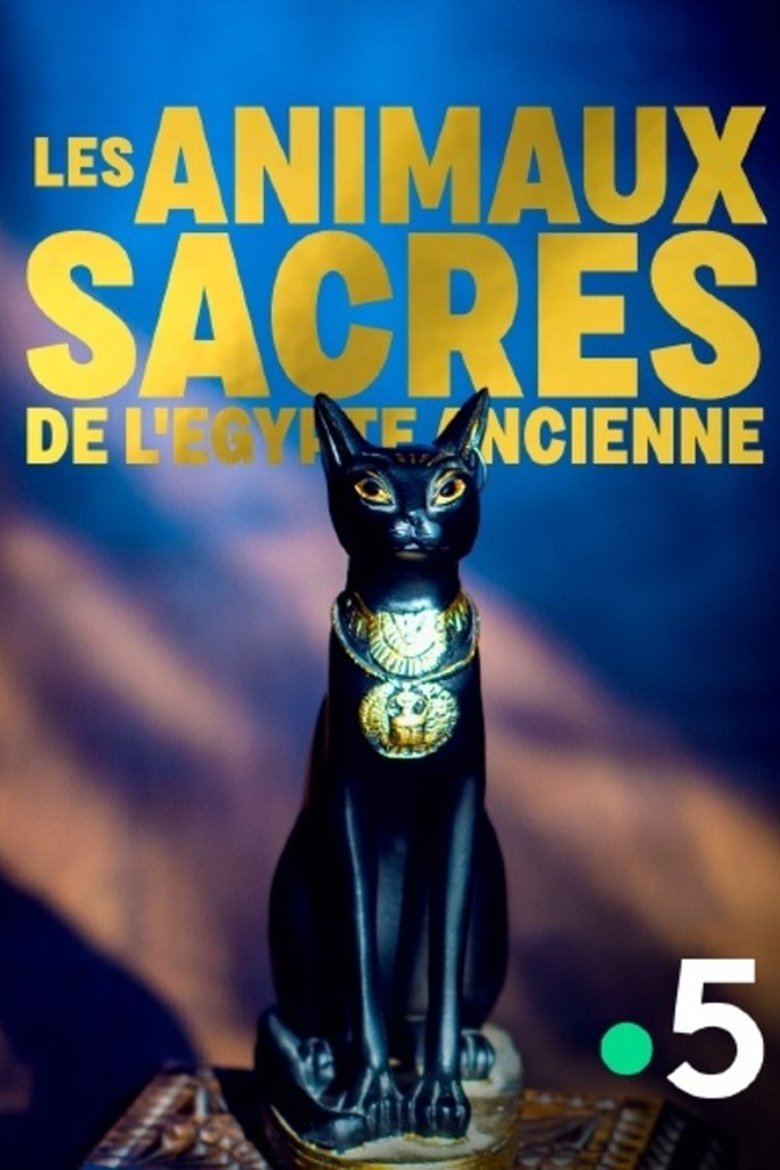
Les animaux sacrés de l'Egypte ancienne
Rating:
0.0/10
Votes:
0
Year:
2018

Asante Market Women
As retailers, wholesalers, and negotiators, Asante women of Ghana dominate the huge Kumasi Central Market amid the laughter, argument, colour and music. The crew of this `Disappearing World' film have jumped into the fray, explored, and tried to explain the complexities of the market and its traders. As the film was to be about women traders, an all female film crew was selected and the rapport between the two groups of women is remarkable. The relationship was no doubt all the stronger because the anthropologist acting as advisor to the crew, Charlotte Boaitey, is herself an Asante. The people open up for the interviewers telling them about their lives as traders, about differences between men and women, in their perception of their society and also about marriage.
Rating:
10.0/10
Votes:
1
Year:
1982

Was bleibt - ein Nachruf auf Wilhelmine und Bernard
The director’s grandparents Wilhelmine, an Austrian Catholic, and Bernard, a Jewish Czechoslovakian communist, have always been part of her life, although she never met them in person. Her uncle Hermann lives in what was once their house, with their furniture, Marx and Lenin busts, Hanukkah lamp, countless photos, letters and oil paintings. Through the film Judith Schein asks whether it is possible for a house and its interiors to narrate History.
Rating:
0.0/10
Votes:
0
Year:
2019

Amazônia Indomável
Rating:
0.0/10
Votes:
0
Year:
1952
If current server doesn't work please try other servers beside.